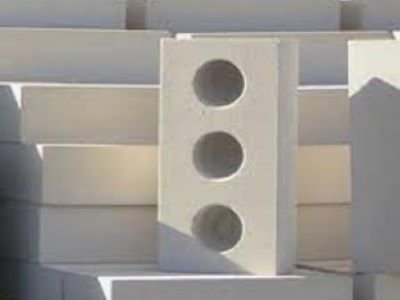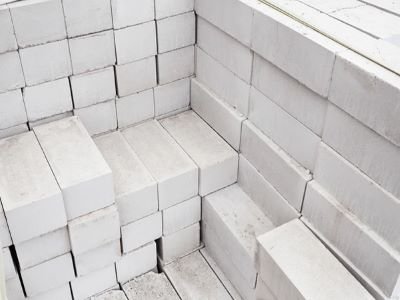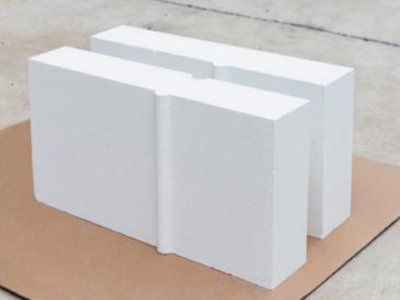Address
Building 1, Zone 1, Greenland Binhu International City, Zhengzhou, Henan, China
Work Hours
Monday to Friday: 9AM - 7PM
Weekend: 10AM - 6PM
Address
Building 1, Zone 1, Greenland Binhu International City, Zhengzhou, Henan, China
Work Hours
Monday to Friday: 9AM - 7PM
Weekend: 10AM - 6PM
As a key refractory material for high-temperature zones in industrial furnaces, the performance stability of calcium-free silica bricks directly depends on the core processes in the production process. Among these processes, the selection and addition of binders and the control of the molding process are key factors in determining brick quality.
First, the binder in calcium-free silica bricks primarily serves to bond the particles and form the bricks at room temperature.

Because calcium-free silica bricks require strictly controlled calcium oxide content, traditional calcium-containing binders are excluded. Therefore, calcium-free or low-calcium binders are required.
Secondly, the type of binder directly affects the performance of the brick. Organic binders offer high strength at room temperature. However, they are prone to decomposition at high temperatures, requiring optimization of the subsequent firing process. Inorganic binders can form a high-temperature ceramic phase, improving corrosion resistance. However, these also require precise control of curing conditions.
Furthermore, the binder dosage must be determined experimentally. Too little can result in insufficient green body strength.Too much can introduce impurities or increase firing shrinkage, affecting the density of the final product.
The molding process is the core step in transforming the mix into a green brick, directly impacting the brick’s microstructure.
Particle grading is fundamental. By adjusting the ratio of coarse, medium, and fine particles, maximum packing density is achieved and porosity is reduced after molding.

Secondly, the choice of molding method is crucial. Pressing is simple, but pressure distribution can be uneven. Isostatic pressing can provide uniform pressure and significantly improve the structural consistency of the green body. Therefore, it is particularly suitable for the production of high-performance calcium-free silica bricks.
At the same time, molding pressure must be adjusted according to the binder’s properties. Insufficient pressure will result in a loose green brick, while excessive pressure may cause particle cracking.
Finally, the green brick drying process requires strict control of the heating rate to prevent rapid moisture migration and cracking, ensuring stability during subsequent firing.
Therefore, the binder and molding process are not isolated components, but rather mutually influential components.
The binder’s adhesiveness must be matched to the molding pressure. For example, a high-bonding binder can appropriately reduce the molding pressure to avoid over-compaction. A low-bonding binder, on the other hand, requires increasing the pressure or optimizing the grading to compensate.
More importantly, the synergistic effect of the two directly determines the high-temperature performance of the brick. A uniform green body structure combined with a stable binder system can reduce deformation and cracking during firing, ultimately improving the thermal shock and corrosion resistance of calcium-free silica bricks.

Given the crucial influence of binder selection and molding process on final product quality, it’s crucial to select a refractory brick supplier with sophisticated process control capabilities and strict quality management.